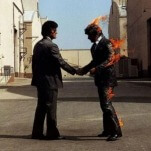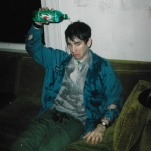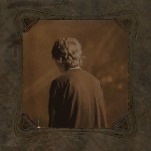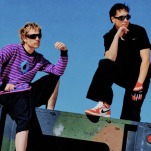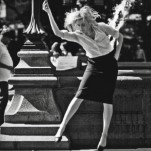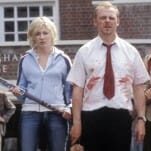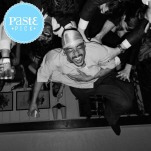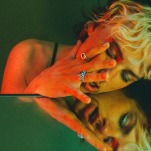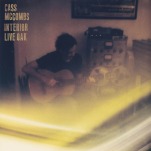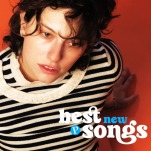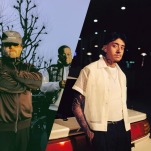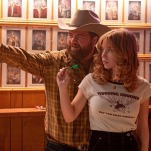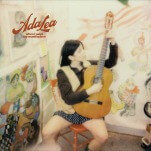Greetings from Budapest
Photo below by Luca SzalmasWith a population of around 1.7 million, Budapest is not a very big city as far as capitals go. Split down the middle by the Danube River, the Hungarian capital is made up of what had historically been three cities: Buda, Pest and Óbuda. The layout is similar to Paris’ Arrondissements, with a ring of 23 districts spiraling out of the historic center. Budapest is an eclectic mix of personalities and each district has its own. In the I District, you’ll find cobblestone streets leading to the famous Buda Castle, as well as hidden medieval and Ottoman relics. The Old Jewish Quarter in the VII District is brightened up by street art on the once-empty firewalls between the famous ruin bars and hipster cafes.
Most Hungarians speak English and Budapest is an easy city to navigate. The local currency will make you look like a millionaire as 1000 Hungarian Forints is worth around $4, and you might feel like one too since Budapest is one of the cheapest capitals in Europe (unless you’re earning Hungarian wages, that is).
Day One
Morning
Get up early and go to Café Gerlóczy in the V District. Try the Hungarian omelette (1,200HUF) made with spicy sausage, bacon and rings of hot green paprika, and bread made fresh on the premises. Enjoy your meal on the terrace populated with white linen-clad tables.
After breakfast, wander up Gerlóczy street and turn onto Semmelweiss street toward the Small Boulevard and walk the backstreets behind the National Museum into the Palace District. Filled with palatial apartments, locals walk their dogs on the tree-lined streets dotted with crumbling balconies, hidden courtyards and art galleries-cum-cafes. Formerly known as the Hungarian Latin Quarter, this part of the VIII District housed artists and writers in the early 20th century.

Photo: Luca Szalmas
Continue along the Small Boulevard to the Central Market Hall on the banks of the Danube next to the copper-green Liberty Bridge. Stop by the stalls under the wrought iron beams and take your time to smell the fresh paprika and cured meats and cheeses while watching old ladies stuff produce into overfilled shopping carts. Chances are you’ll be hungry by now, so head to the first floor and order a lángos with sour cream and cheese. Don’t feel guilty, just enjoy the deep-fried savory pastry, a classic example of Hungarian street food, which is hearty enough to keep you going for the rest of the day.
Afternoon
Hop on tram No. 2 for views of the Danube banks and the neo-gothic Houses of Parliament. At the end of the line, walk across the bridge or take tram 6 or 4 two stops and head over to the Lukacs Baths. With almost 200 caves formed by thermal water and a number of hot springs, Budapest has earned its “Spa Capital of Europe” title. Placards dating back over a century line the entrance thanking the spa for its curative properties. The Lukács is a local favorite, quieter than its rivals, where you’ll find a mix of patients from the adjoining hospital with thermal water prescriptions from their doctors and families enjoying the Jacuzzi beds and current bend in the outdoor wellness pool. However, if you want glimpse Budapest’s Ottoman past, then head next door instead to the 16th century Turkish Veli Bej Baths, supposedly the oldest and most beautiful in the city.
Evening
Take the No. 4 or 6 tram to Király Utca (street) for a dinner at Vintage Garden on Dob Street. This French-inspired bistro has a hint of Provence with rustic touches and dried lavender. While it’s not authentic Hungarian, the shabby chic design of its flaking walls offset by empty wrought iron birdcages showcases Budapest’s innovative taste for design.
Make the most of the VII District nightlife by exploring the famous ruin bars. Head up to Fogas Kert for a drink in a garden of a converted ruined house and sit under the circus tent with a view of the loose bulbs dangling from the trees. Do something different and try the latest trend in live theatre, a room escape game; Fogas Kert offers a few via ExitPoint Games, but almost every ruin bar has one and you can find dozens of them in apartments and cellars hidden across the city.

Photo: Jennifer Walker
-

-

-

-

-

-

-

-

-

-

-

-

-

-

-

-

-

-

-

-

-

-

-

-

-

-

-

-

-

-

-

-

-

-

-

-

-

-

-

-



